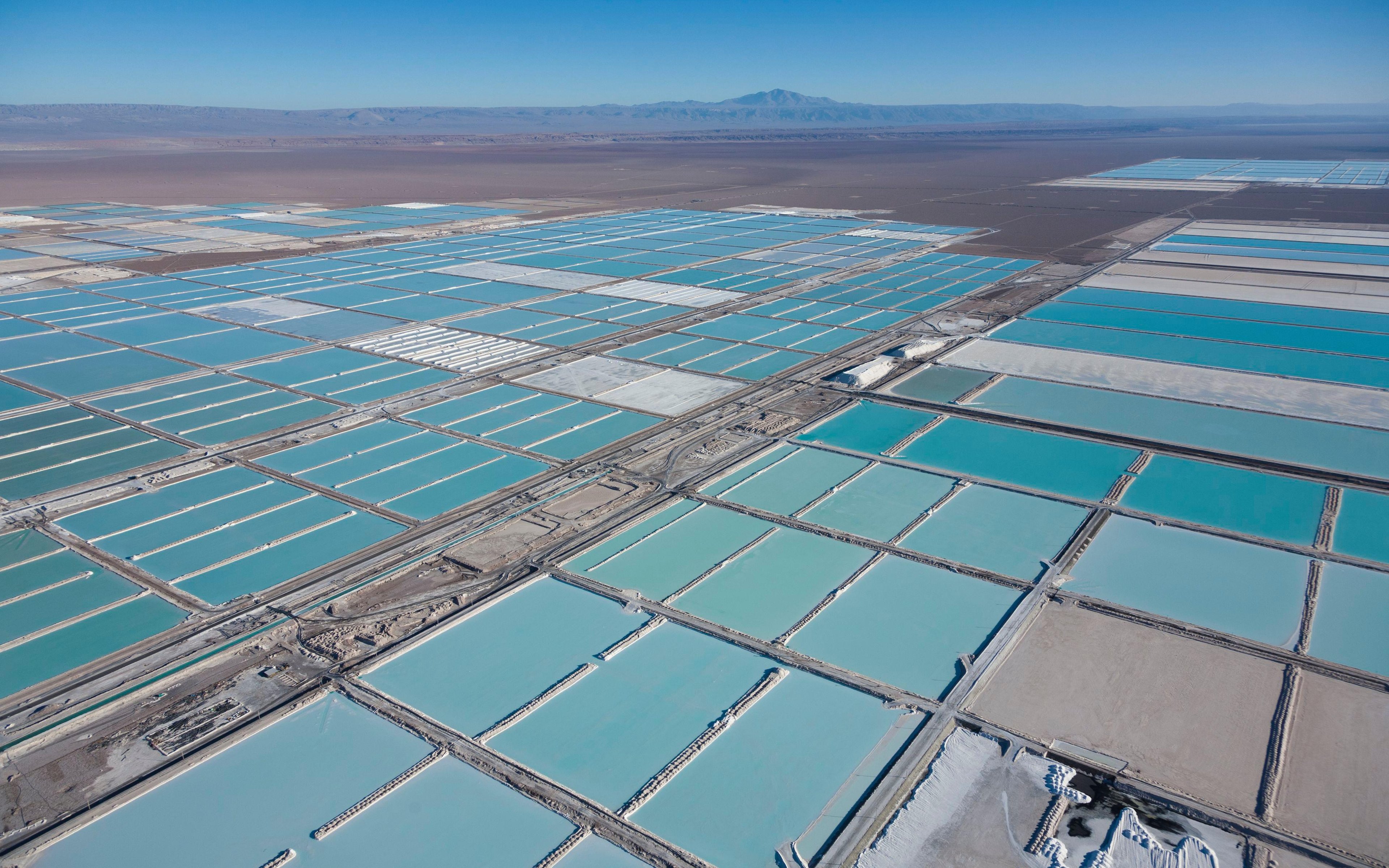Why investors shouldn’t overlook Chinese innovation
Chinese startup DeepSeek recently sparked a wave of discussions with its open-source, cost-effective AI models. Despite controversy surrounding its true cost, and debate about what constitutes a genuine technological breakthrough, DeepSeek’s potential commoditisation of AI exemplifies exactly how disruptive technology emerges: by offering low-cost alternatives, while not cutting edge, to adequately serve a broader user base.

Investors should carefully consider the objectives, risks, charges and expenses of the Fund before investing. This information and other information about the Fund can be found in the prospectus and summary prospectus. For a prospectus or summary prospectus please visit our website at https://usmutualfund.bailliegifford.com. Please carefully read the Fund’s prospectus and related documents before investing. Securities are offered through Baillie Gifford Funds Services LLC, an affiliate of Baillie Gifford Overseas Limited and a member of FINRA.
The classic disruptive theory by academic Clayton Christensen would predict that the initially inferior technology will slowly and steadily improve, eventually posing a threat to high-end incumbents focused solely on customers offering greater margins.
This alarmed investors. It challenges the idea that only a handful of big US tech firms with vast capital expenditure (capex) and sheer computational advantage could build deep moats and reap substantial profits from the AI race. While it may be too early to fully reassess this winner-takes-all assumption, two questions arise for emerging markets investors:
- How could Chinese competition shape the AI and semiconductor industry?
- Where is value likely to accrue within the AI ecosystem?
History suggests that while China may not excel in original scientific discoveries, it has been consistently successful in identifying proven technologies and rapidly adapting them for ‘good enough’ but cost-effective mass production. This trend is evident across various sectors, from automobiles to industrial robots, batteries, and solar panels.
The AI industry might follow a similar trajectory, albeit with nuances. DeepSeek’s open-source approach suggests that value may increasingly flow to AI users rather than its creators. This year could mark a significant transition as AI moves from R&D departments and pilot projects to widespread corporate deployments.
Traditional industries will likely require assistance to make the most of AI, reinforcing our belief that AI will be additive to IT service businesses in our investment universe. This area is a focus of the team’s current research effort.
That’s the consumer side of the AI revolution. What about the suppliers’ side – the picks and shovels in the semiconductor industry?
If Jevons’ paradox – the idea that increased efficiency leads to higher demand – holds true, it will support our view that the world will need more chips in aggregate: not only cutting-edge GPU chips but also chips for networking, memory, power management, etc. A shift in demand for various types of chip designers is likely.
What about the upstream suppliers of conductive metals? If AI is now more efficient, will there be less demand for data centres and therefore copper? Or, if AI is further commoditised with greater adoption of smaller and localised models, then is there a chance that more computing power with lower-end chips is needed?
There is a lot we don’t know about future AI demand and how exactly Jevons’ paradox will play out. What we do know is that, compared to software, hardware manufacturing moats take considerable time to establish, and the supply of key metals remains constrained due to limited capex to date.
To that end, we remain confident in our holdings in oligopolistic semiconductor producers such as TSMC, Samsung Electronics and SK Hynix, alongside exposures to key metals. Both investments involve navigating short-term cyclicality, where careful assessments of the companies’ enduring competitive edges are critical.
We are still in the early innings of the open-source contest. DeepSeek’s ability to continually train and upgrade its next-generation models is yet to be proven. However, its emergence serves as an important reminder of both the competitive threats and the opportunities presented by Chinese innovations, which investors should not overlook.
For over a decade, China's “Made in China 2025” initiative has aimed to establish the country as a leader in various advanced industries. While progress has been uneven, it’s undeniable that China has made impressive strides in areas poised to have global impacts. Export controls appear to have only reinforced China's resolve to achieve tech self-sufficiency. We have been long-term investors in China’s consumer-facing tech companies such as Tencent. Having added positions in local chip designer Silergy last year, the team recently has been paying close attention to semiconductor equipment manufacturers in China.
The response to China’s AI ambitions from the authors of the US Chips Act remains to be seen. But when asked if DeepSeek is a national security threat, President Trump said, “it’s a technology that is happening… if it’s correct, [AI] will be a lot less expensive than people originally thought, and that’s a good thing”. We wouldn’t disagree with him on that point.
Risk Factors
The Funds are distributed by Baillie Gifford Funds Services LLC. Baillie Gifford Funds Services LLC is registered as a broker-dealer with the SEC, a member of FINRA and is an affiliate of Baillie Gifford Overseas Limited. All information is sourced from Baillie Gifford & Co unless otherwise stated.
As with all mutual funds, the value of an investment in the Fund could decline, so you could lose money. International investing involves special risks, which include changes in currency rates, foreign taxation and differences in auditing standards and securities regulations, political uncertainty and greater volatility. These risks are even greater when investing in emerging markets. Security prices in emerging markets can be significantly more volatile than in the more developed nations of the world, reflecting the greater uncertainties of investing in less established markets and economies. Currency risk includes the risk that the foreign currencies in which a Fund’s investments are traded, in which a Fund receives income, or in which a Fund has taken a position, will decline in value relative to the U.S. dollar. Hedging against a decline in the value of currency does not eliminate fluctuations in the prices of portfolio securities or prevent losses if the prices of such securities decline. In addition, hedging a foreign currency can have a negative effect on performance if the U.S. dollar declines in value relative to that currency, or if the currency hedging is otherwise ineffective.
For more information about these and other risks of an investment in the Funds, see “Principal Investment Risks” and “Additional Investment Strategies” in the prospectus. There can be no assurance that the Funds will achieve their investment objectives.
Baillie Gifford held the following stocks as at end December 2024: TSMC, Samsung Electronics and SK Hynix. A full list of holdings is available on request.




